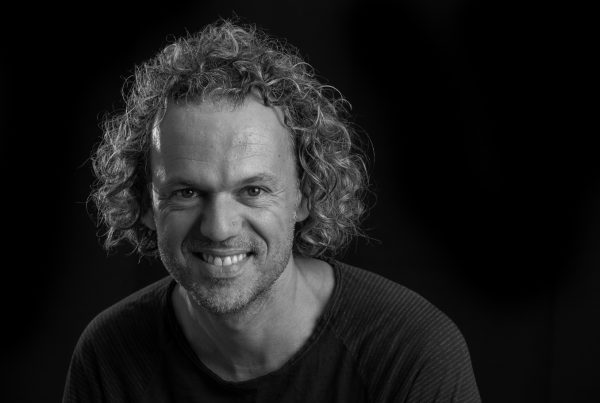Pau Gorostiza graduated in physics at the University of Barcelona (UB), where he obtained his PhD (European Doctorate) in the field of semiconductor electrochemistry. He worked at the UB microscopy facility in AFM and STM of biological samples, and in nanotechnology for materials science. He visited the CNRS - Université Pierre et Marie Curie (France), and the University of California at Berkeley (USA). He is currently ICREA Research Professor at the Institute for Bioengineering of Catalonia (Barcelona Institute of Science and Technology), where he develops photoswitchable ligands of neuronal proteins and studies charge transport in redox proteins and photosynthetic complexes using electrochemical tunneling microscopy and spectroscopy and force microscopy. He has published more than 140 articles (7000 citations, h-index 46) and holds 9 patents (5 licensed). He has supervised 15 postdoctoral fellows and 15 PhD students (8 more ongoing).
Research interests
Research in the laboratory focuses on developing nanoscale tools to study biological systems. These tools include instrumentation based on proximity probes, such as electrochemical tunnelling microscopy and spectroscopy, that we apply to investigate electron transfer in individual redox proteins, and other biophysical and biochemical interactions. These studies are relevant to the development of biosensors and molecular electronics devices, and have led to the discovery of long-distance electrochemically gated electron transport between partner proteins of the respiratory and photosynthetic chains. Another set of nanotools that we are developing is based on engineered molecular actuators that can be switched with light, such as azobenzene, which can be chemically attached to biomolecules in order to remotely control their activity (photopharmacology). Among other developments, we have demonstrated two- and three-photon pharmacology to manipulate the activity of neurons in vivo.
Selected publications
- Maleeva G, Nin-Hill A, Wirth U, Rustler K, Ranucci M, Opar E, Rovira C, Bregestovski P, Zeilhofer HU, König B, Alfonso-Prieto M & Gorostiza P 2024, 'Light-Activated Agonist-Potentiator of GABAA Receptors for Reversible Neuroinhibition in Wildtype Mice', Journal of the American Chemical Society, 146:28822.
- Camerin L, Maleeva G, Gomila AMJ, Suárez-Pereira I, Matera C, Prischich D, Opar E, Riefolo F, Berrocoso E & Gorostiza P 2024, 'Photoswitchable Carbamazepine Analogs for Non-Invasive Neuroinhibition In Vivo', Angewandte Chemie, 63, 38, e202403636.
- Prischich D, Gorostiza P et al 2024, 'In vivo photocontrol of orexin receptors with a nanomolar light-regulated analogue of orexin-B', Cellular & Molecular Life Sciences, 81:288.
- López-Ortiz M, Bolzonello L, Bruschi M, Fresch E, Collini E, Hu C, Croce R, van Hulst NF & Gorostiza P 2024, 'Photoelectrochemical Two-Dimensional Electronic Spectroscopy of Photosystem I: Charge Separation Dynamics Hidden in a Multichromophoric Lanscape', ACS Appl. Mater. Interfaces, 16 -33 - 43451 - 43461.
- Gerwe H, Schaller E, Sortino R, Opar E, Martínez-Tambella J, Bermudez M, Lane JR, Gorostiza P & Decker M 2024, 'Photo-BQCA: Positive Allosteric Modulators to Photocontrol the M1 Receptor', Angewandte Chemie 63:e202411438.
- Sanchez-Vives MV, Gorostiza P et al. 2024, 'Brain state identification and neuromodulation to promote recovery of consciousness', Brain Comm. 6 - fcae362
Selected research activities
Invited talks at the Materials Research Society fall meeting, MindLab Workshop (ICFO), opening lecture at the master in bioengineering and biotechnology (Universitat Miguel Hernández), EMBO Chemical Biology Meeting, NanoNeuro Meeting (Columbia University), photoIUPAC conference, ICIQ, IMIM, Bioelectrochemical Society meeting, and 4th Molecules Medicinal Chemistry Symposium.
One patent granted, two applications.
